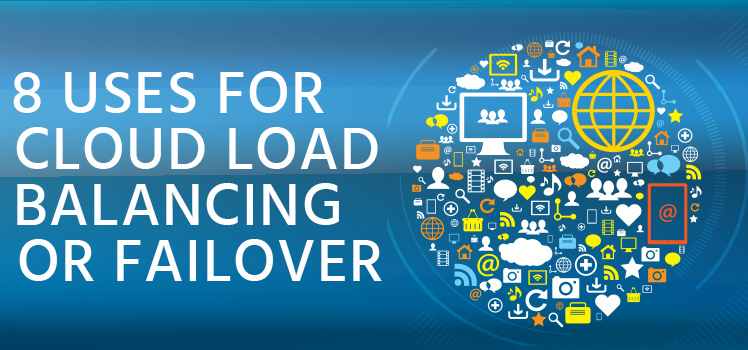What Should and Should Not be called Cloud?
We read a great article last month on wired.com called Top 5 Things The Cloud Is Not. It’s rare we see an article like this that helps define what should and should not be called ‘Cloud’, so when we do see something, we like to call attention to it.
The author, Peder Ulander, clearly lists 5 key thoughts on what should not be called cloud, but two of them hit home with us more than the others. But before we share those two points, it’s important to understand what cloud really is before we can understand why his key points are so relevant.
In our opinion, cloud is a multi-datacenter, multi-country, multi-continent IT platform that makes delivering IT solutions quick, easy, redundant and resilient. The proper cloud architecture allows for one or more complete datacenter failures with zero impact to the delivery of services. Each is constructed to be capable of functioning on its own, or as part of a greater network that ultimately forms a true cloud.
So, with that definition in mind, here are two points Peder makes that we appreciate:
Cloud is not server virtualization
You have no idea how many times we bump into organizations that have implemented virtualization and proudly state that they now have a Cloud. This is simply not the case. What they have is a virtualization environment. Part of the problem, as Peder correctly points out, is that many vendors are spreading this misinformation, perhaps as a means of taking advantage of Cloud hype to move their product. Quite frankly, virtualization does not have to be a component of Cloud.Peder goes on to suggest that Amazon and Google have successfully implemented clouds, which we only agree partially with. In our opinion, Google has more of a cloud than Amazon. With Amazon’s repetitive outages it is clear that their concept of cloud is flawed. If we look back to our definition, one or more datacenter outages should not impact the cloud. Amazon isn’t quite there yet. Clouds should not have ‘Availability Zones’. It should just be always available.
Cloud is not an island
Peder’s second point really plays off of what we were just saying above and also goes against the very same Vendors who are trying to convince buyers that virtualization is Cloud. It also goes along with our definition beautifully that the cloud must be multi-datacenter. Here he wisely points to the Amazon outages which clearly give Cloud a bad rap. In Amazon’s defense, however, they were one of the first organizations to create a Cloud for public consumption, so in many ways it is based on a dated cloud architecture. We can forgive them for that because the definition has evolved, but it is clearly time for Amazon to upgrade and move forward towards our true cloud definition.
Peder’s other points are relevant, but the two we’ve cited here are heard so often in our circles that we thought it worth pointing them out specifically. So there you have it. The article is a great read and we encourage visiting the full article at wired.com.
 What is an Application Delivery Network?
What is an Application Delivery Network?  Global Server Load Balancing (GSLB)
Global Server Load Balancing (GSLB)  Measuring Failure
Measuring Failure 


